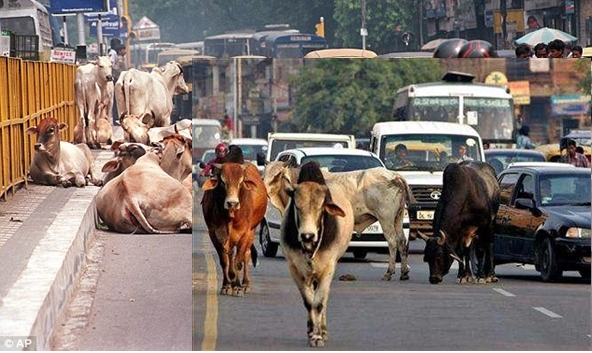A fiction writer makes things up. The characters, places, thoughts, plot elements, it’s all fake, right? Well, sometimes, yes, and sometimes, no. Creativity plays a significant role in entertaining readers from Picture Books through Young Adult Novels but most stories, even fantasy, are often grounded in known and well recognized truths that need to be respected.

For instance, in historical fiction, the author is representing a person, place, or idea that actually occurred. And barring an obvious disclaimer, the story should be a close representation of the truths of the story. It will be embellished with relevant, well researched, and appropriate (for the time and place) characters and events. The author can use artistic license to modify the facts to fit the story, but these deviations should be modest and exposed in back matter from the author. For example, actual events that occurred over several years might be presented in a condensed timeline to benefit the story. Or characters, who in reality only met briefly, may have a stronger relationship in your novel to eliminate the need to introduce a new minor character. However, wherever feasible, real events and/or people should appear in their truest forms so as to not mislead or confuse the reader. Otherwise, it’s not historical fiction.
Realistic fiction is a bit more lenient. The author has creative license to develop people, places, and things to fit their own imagination. However, it’s still important to be true to established facts. For example, claiming New York City boasts more cows than people or Alexander Graham Bell flew the first plane around the world are insults to the intelligence of your reader. These types of untruths will pull your reader out of the story. Personally, I would be googling NYC cows and Alexander Bell’s flight to verify that my brain hadn’t fizzled.

The resulting confirmation of the truth will result in deep cuts to the author’s credibility. Why would I believe anything this writer has to say?

Even though the story is fiction, your aim is to portray people, places, and events as realistically as possible, immersing your readers and keeping their attention. Misrepresentation of well-known facts is not the way to accomplish that.

This is what makes world building so difficult in fantasy and/or other forms of speculative fiction. Even though the world is completely unknown to your reader, they need to picture it, walk through it, and accept it as existing. This can also be one of the most rewarding aspects of writing fantasy for those with magical minds. One of the cleverer ploys of Veronica Roth in the Divergent Series was the obvious use of a dystopian Chicago as her setting. The reader recognizes the city, albeit in the future, even though the characters themselves are unaware of Chicago’s past. Its familiar landscape grounds the reader in the belief that, oh wow I recognize real details about Chicago, and this dystopian future could actually happen.
So yes, fiction emanates from the author’s imagination, but facts must be presented authentically, or the author risks being dismissed as unreliable by their readers. Roth could have created a futuristic city of her own imagination, and it would have worked, if she didn’t call it Chicago or include the Sear’s Tower and other local icons.
I recently faced a dilemma. One that I credit to fellow WritersRumpus blogger Laura Cooper. She was critiquing my realistic fiction work-in-process and pointed out that I was misrepresenting a well-known animal species. I won’t be specific because one day you may purchase and read the novel and I don’t want to give anything away. However, I believe my response was “I’m not changing the scene. It creates more tension, which the climax needs.” Of course, her comment propelled me to do a little more research. When I realized that she was right, I changed the scene to make it more realistic.

I could just hear my future readers, totally immersed in my story, rooting for my protagonist(s), sitting on the edge of their seats waiting to see what happens next, and then reading this passage and being totally disappointed because they know that what I wrote about coyotes would in all likelihood never happen. So thank you, Laura, for keeping me honest!

Even fiction writers need to research and represent real people, places, and things with accuracy or risk losing the reader’s acceptance of your imagination and your story.
For more thoughts on this subject, I suggest you read this: The Importance of Factual Accuracy in Fiction — All the Small Things by Dorian Box in the Jan 6, 2018 post on his website.


I love this post, Marti! Stay tuned for my related (but very personal) When Truth is Stranger Than Fiction post that will air next Tuesday.
LikeLiked by 2 people
This is so true! And kids know when things don’t make sense.
LikeLiked by 1 person
They certainly do. Thanks Hilary.
LikeLike
Great post! I’ve been pulled out of a stories over things like the description of a police car as black-and-white in a foreign country when they are in reality green-and-white, or knowing a certain type of tree is not indigenous to the area where the story takes place. Yup…The devil truly is in the details 🙂
LikeLiked by 1 person
Great examples. thanks,
LikeLike
Great post!
LikeLiked by 1 person
I just started writing NF this year – I often find I add humor or details that apparently make it Factual fiction or Creative nonfiction! This will require libraires to do some serious reclassification!
LikeLiked by 2 people
Well, who wants to be boring. Mix things up!
LikeLiked by 1 person